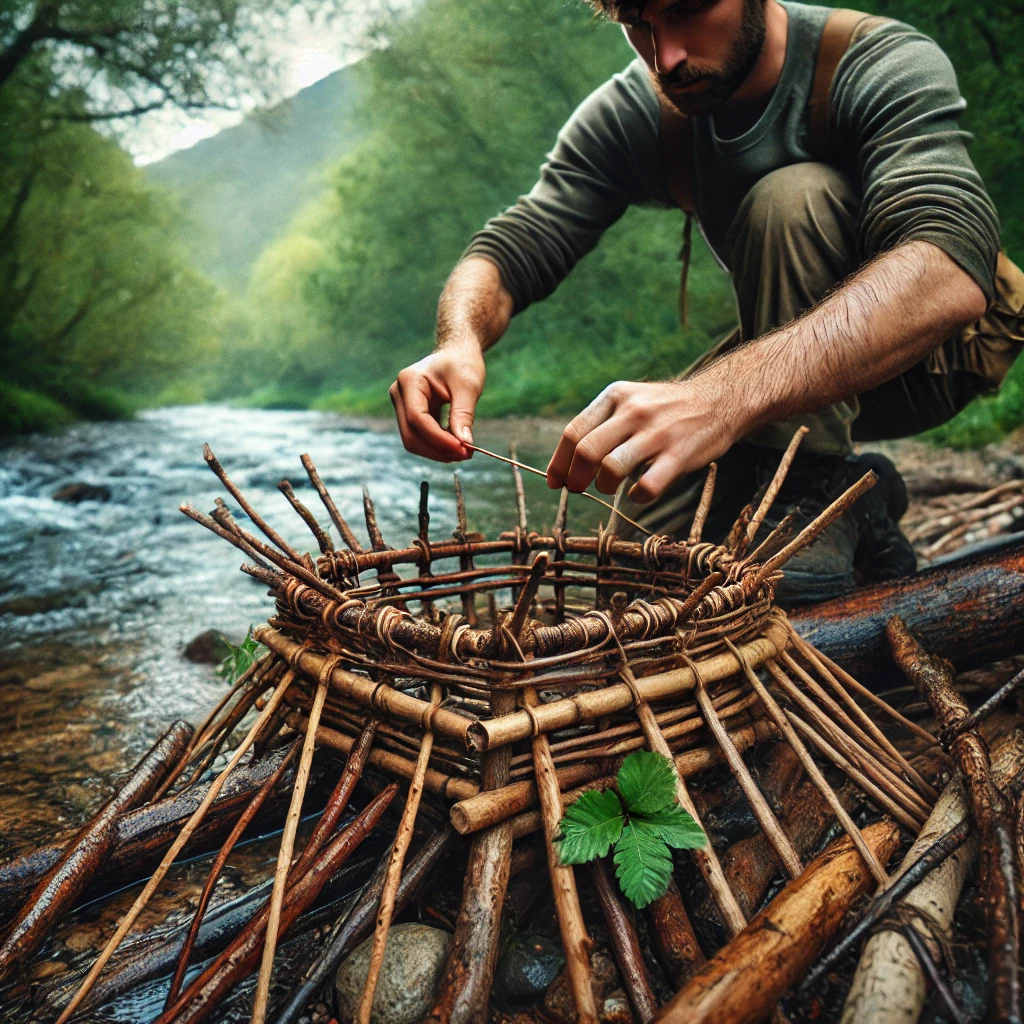Address
304 North Cardinal
St. Dorchester Center, MA 02124
Work Hours
Monday to Friday: 7AM - 7PM
Weekend: 10AM - 5PM
Address
304 North Cardinal
St. Dorchester Center, MA 02124
Work Hours
Monday to Friday: 7AM - 7PM
Weekend: 10AM - 5PM

Building a simple fishing trap is a great way to catch fish for survival or food gathering. You can make a trap from materials you find in the wild, and it’s a useful skill to have when out in nature.
You’ll need the following materials to build a basic fishing trap:
A simple fishing trap can be made by creating a funnel-shaped design to allow fish to swim in but prevent them from escaping.
To ensure the trap is effective, place it in an area where fish are likely to swim, such as near a current or where fish typically gather.
Once the trap is set, check it periodically to see if you’ve caught any fish. If the trap is empty, adjust its position or ensure the funnel remains wide enough for fish to enter.
Once you have caught fish, you can cook them for food. Always ensure that the fish is safe to eat before consumption. You can grill, boil, or roast the fish over a fire for a delicious and nutritious meal.
Building a fishing trap is an easy way to gather food in the wild. Always remember to check your local environment for the best materials and ensure that you are setting the trap in the right location for maximum success.